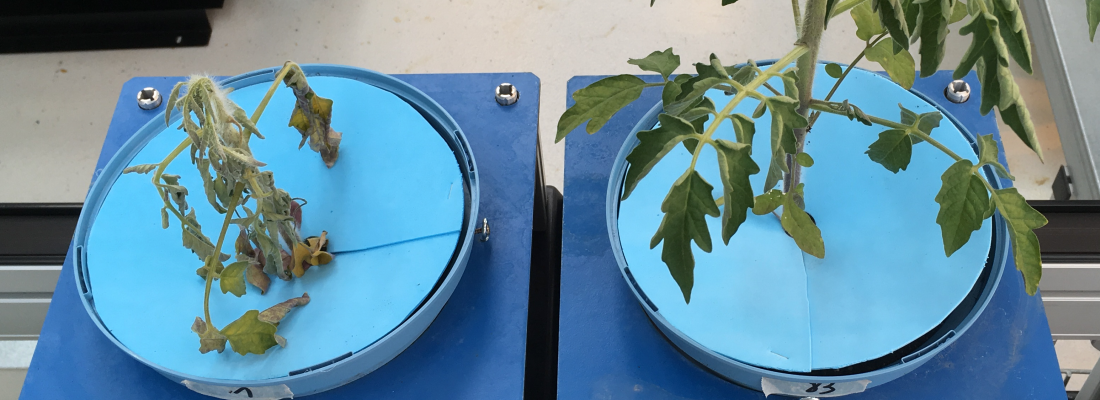France
June 19, 2023
To better understand the impact of environment or genetic variability, and thus facilitate the choice of future varieties, scientists from the Laboratory of Plants Microbes and Environment Interactions (LIPME - INRAE/CNRS) at INRAE Occitanie-Toulouse center have modeled tomato metabolism. These results have been published in Plant Physiology.

© INRAE
Simulating a tomato plant
Predicting and understanding the response of plants to environmental perturbations is necessary to make an enlightened selection of tomorrow's varieties, the ones that will cope best with global warming. This requires a combination of numerous information from the genome, metabolism, physiology and nutrition of the tomato. To do this, scientists at LIPME have used mathematical modelling of complex systems, combined with the acquisition of experimental data. Their mathematical model simulates the metabolism and physiology of a tomato plant under different environmental and genetic conditions.
"Through this technique, we have developed a model of a tomato plant at the growth stage before flowering" explains Caroline Baroukh, an INRAE researcher. "This model represents the metabolism of the leaves, stem, roots and xylem sap (the raw sap) and phloem (the elaborated sap). It predicts modifications in more than 6 000 chemical reactions in the metabolism of a tomato plant, under different environmental conditions and genetic backgrounds."
The predictions of the model were verified in five different studies, on metabolic fluxes within and between organs, on the role of the stem for inter-organ exchanges, on the composition of xylem sap, on the impact of nitrogen limitation on growth, on the impact of genetic variability on metabolism and physiology. For each study, what the model predicted was verified experimentally on tomato plants.
Thus, the model confirms that glutamine, an amino acid, is the main organic compound in xylem sap. It also estimates how the efficiency of stem photosynthesis impacts the composition of xylem and phloem sap. Finally, it also predicts the consequences of nitrogen fertilizer limitation on plant growth.
Facilitating varietal selection
This tool allows to predict, study and better understand the behaviour of a plant in its environment. It is intended for the academic scientific community, to study the impact of other environmental conditions or genetic modifications on the metabolism and growth of the tomato.
The model can be extended to other stages of plant development, such as fruiting. It could also be improved by adding the spatial dimension of the plant, the impact of temperature or the presence of another organism, such as a pathogen.
Reference
L. Gerlin, L. Cottret, A. Escourrou, S. Genin, C. Baroukh, A multi-organ metabolic model of tomato predicts plant responses to nutritional and genetic perturbations. Plant Physiol. 188, 1709–1723 (2022) Doi : 10.1093/plphys/kiab548